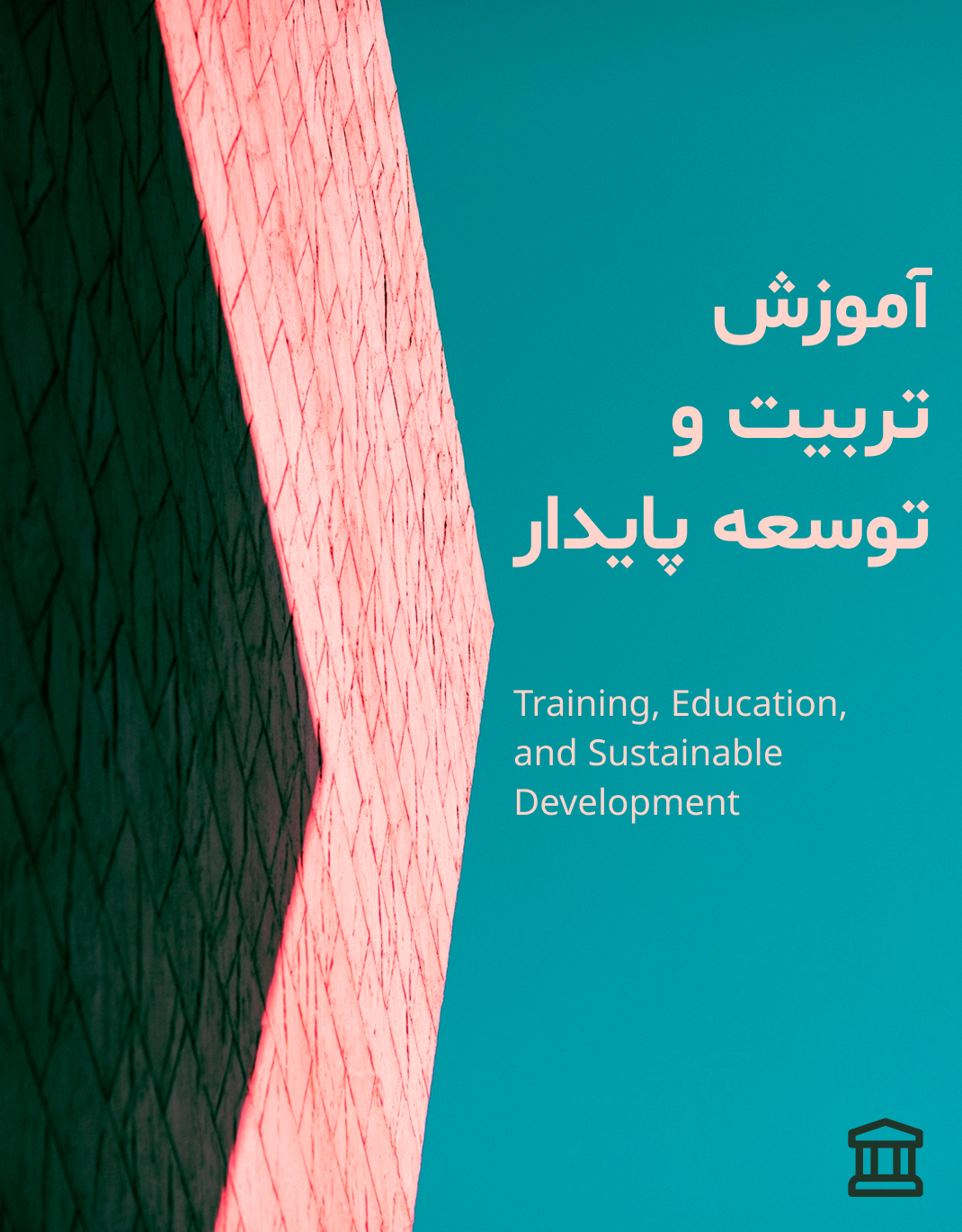Examining the Differences and Similarities of Antecedents and Consequences of Organizational Silence in the Supreme Audit Court of Iran: A Study of Six Regions
Keywords:
Organizational silence, Antecedents and consequences, Organizational culture, Organizational trustAbstract
Background and Aim: Organizational silence, as a critical challenge in management and organizational behavior, represents a significant barrier to learning, innovation, and organizational effectiveness. Therefore, this study aimed to examine the differences and similarities of the antecedents and consequences of organizational silence in the Supreme Audit Court of Iran across six regions.
Methods: This research employed a mixed-methods approach combining qualitative and quantitative techniques. The study was conducted in three phases. In the first phase, qualitative data were collected through semi-structured interviews with 12 managers and deputies from the six regions, and data analysis involved coding concepts, identifying themes, and extracting the antecedents and consequences of organizational silence. In the second phase, the resulting conceptual model was tested and validated using a structured questionnaire distributed to 300 employees across the six regions, with analyses conducted via descriptive statistics and structural equation modeling (SEM). In the third phase, the fitted model was compared across the six regions to identify similarities and differences.
Results: The results indicated that weak organizational communication, centralized organizational structure, poor organizational culture, fear of negative consequences, and organizational distrust were among the most significant antecedents of organizational silence across all regions. Path coefficients were generally similar across regions, although in some regions- particularly Region 4- the impact of factors such as weak organizational culture and fear of negative consequences was stronger.
Conclusion: Overall, the findings suggest that organizational silence emerges from a set of interrelated organizational conditions that act synergistically. Weak communication, concentrated authority, poor culture, fear, and distrust collectively create an environment where employees prefer silence. Therefore, to reduce organizational silence and fully utilize employee potential, it is essential to enhance communication, restructure organizational frameworks, strengthen positive culture, and rebuild organizational trust.
Downloads
Downloads
Published
Submitted
Revised
Accepted
Issue
Section
License
Copyright (c) 2025 زینب یعقوبی گلوردی , زهرا انجم شعاع, سنجر سلاجقه , اکبر نظری, رستم پوررشیدی (نویسنده)

This work is licensed under a Creative Commons Attribution-NonCommercial 4.0 International License.

